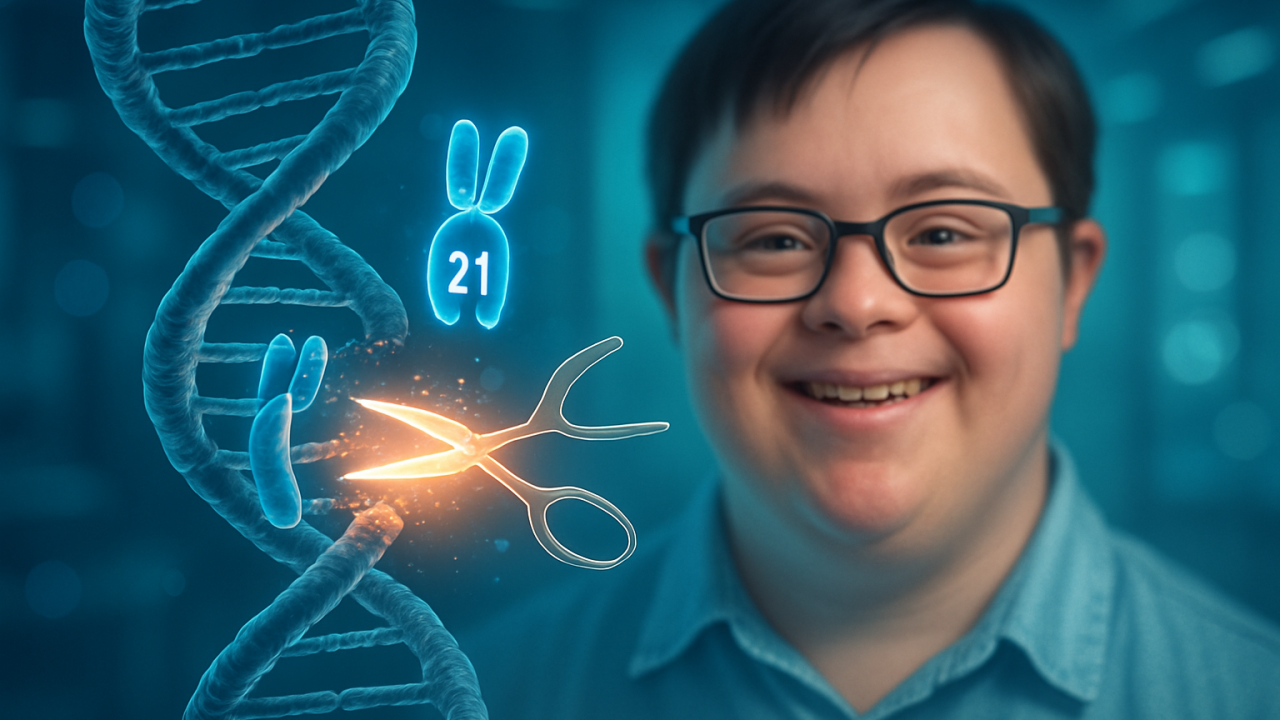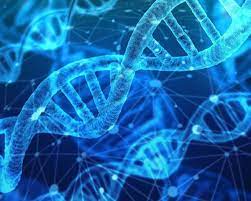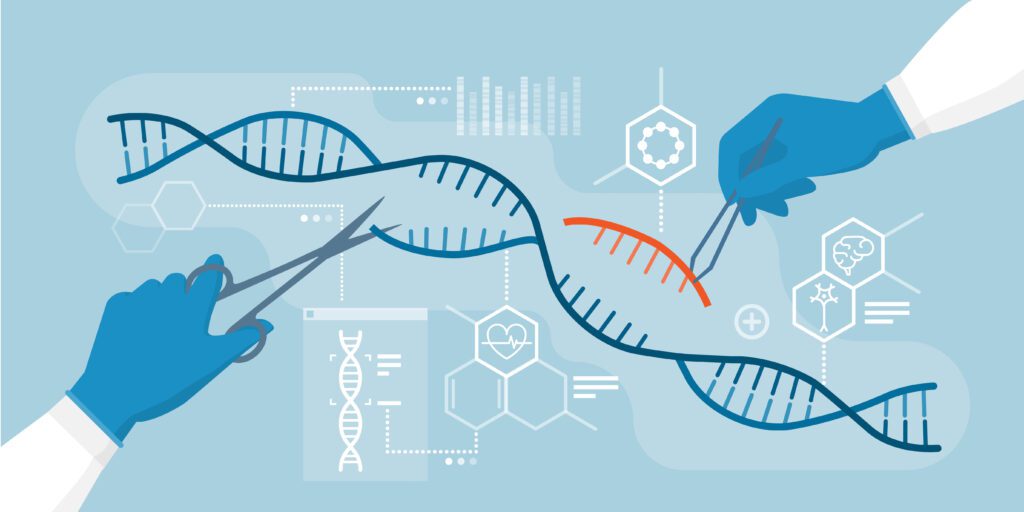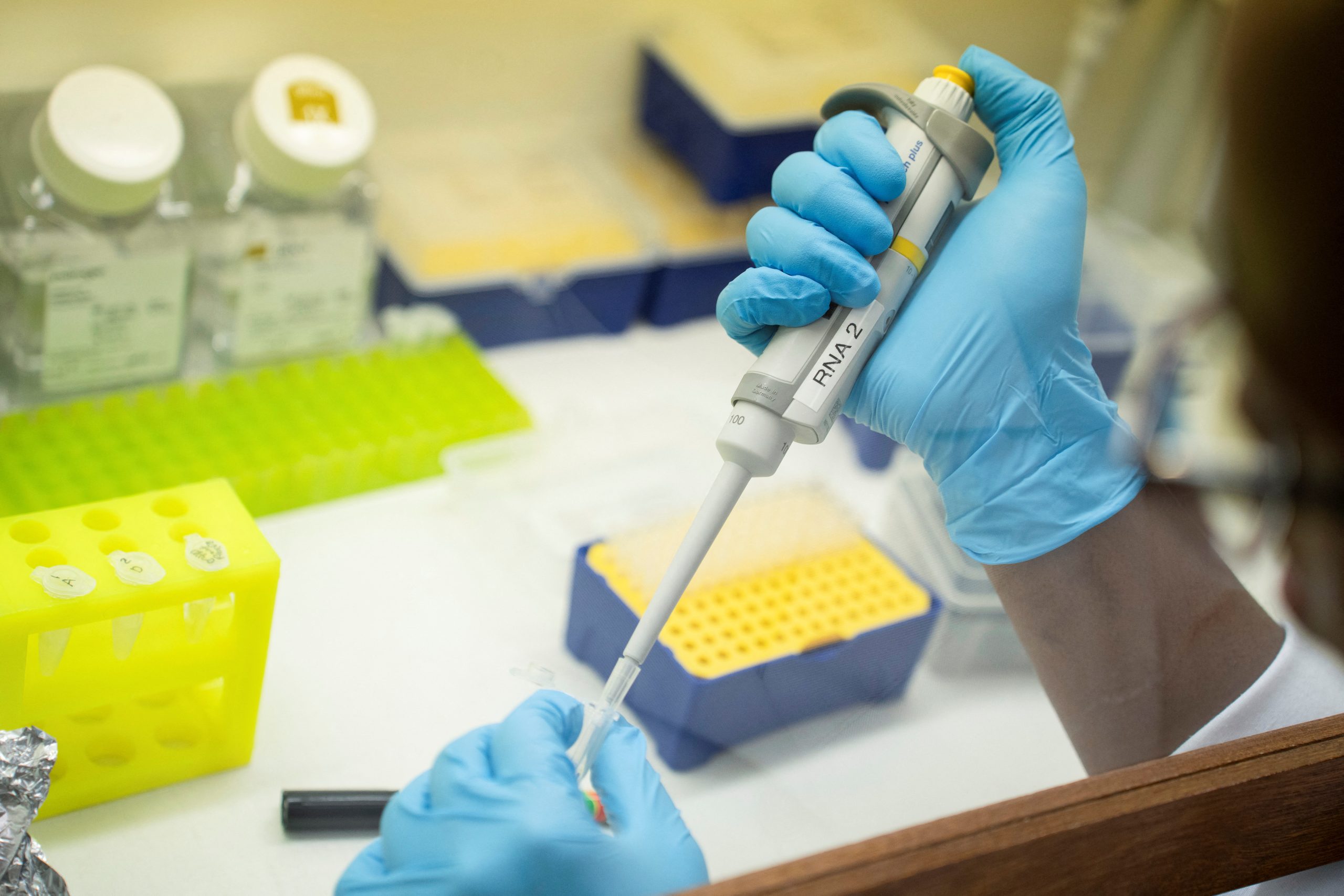A Breakthrough in Genetics: The Elimination of Chromosome 21 and the Future of Down Syndrome Treatment

For decades, Down syndrome has been understood as a genetic condition caused by an extra copy of chromosome 21 — a phenomenon known as trisomy 21. This additional genetic material alters development, leading to intellectual disability and a range of health complications. While medical care and social support have greatly improved quality of life, no treatment has ever addressed the genetic root cause. Until now.
A Bold Step in Genetic Research
In a landmark study, scientists successfully eliminated the extra copy of chromosome 21 in laboratory cells derived from individuals with Down syndrome. Using advanced gene-editing techniques, researchers were able to “silence” or completely remove the surplus chromosome, effectively restoring the cells to a normal chromosomal balance.
This achievement represents more than a technical triumph — it opens the door to possibilities once considered science fiction. By correcting the chromosomal imbalance at its source, scientists may one day alleviate or even prevent the developmental challenges associated with Down syndrome.
What This Means for Medicine
The implications are profound. If similar methods can be safely applied in living tissues, treatments might emerge to target specific health problems linked to trisomy 21 — such as congenital heart defects, increased risk of leukemia, or early-onset Alzheimer’s disease. In the long term, this research could reshape how we view chromosomal disorders as a whole, offering hope for conditions previously deemed untreatable.
Challenges Ahead
Despite the excitement, significant hurdles remain. Current breakthroughs exist only at the cellular level in controlled laboratory environments. Translating these findings into safe, effective therapies for patients will require years of rigorous testing, ethical considerations, and clinical trials. Moreover, the question of applying such techniques prenatally raises complex social and moral debates about identity, disability, and the definition of “treatment.”
A Future Reimagined
Still, the elimination of chromosome 21 in human cells marks a turning point in genetic medicine. It suggests a future where chromosomal conditions are not permanent destinies but challenges science can directly address.

For families and individuals touched by Down syndrome, the research brings a mix of hope and reflection. The goal is not to erase identity, but to reduce suffering, improve health, and expand possibilities. As science continues to push the boundaries of genetics, one truth remains: the future of medicine lies not just in treating symptoms, but in rewriting the very code of life itself.











